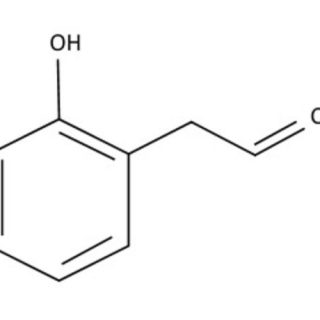Epoxy composite materials
They represent a wide variety of applications and environments
There are many different curatives and epoxy resins to choose from, but if the goal is to increase in-service thermal stability of fabricated parts (especially in electrical or corrosive environments), dianhydrides offer many advantages, including high Tg development without expensive resin selection. Dianhydrides also exhibit low exotherms and minimal shrinkage when curing, for greater dimensional stability.
Common applications:
- Electrical mass-castings
- Prepregs
- Syntactic foams
Other possible applications
- Pultrusion
- Filament winding
Why should I choose dianhydrides?
- Optimal performance from simple DGEBA resins
- Long pot life formulations
- Combined high Tg and adhesion
- Retained structural strength at high temperatures
- Retained electrical and chemical resistance at high temperatures
Considerations:
- Using dianhydrides and mono-anhydrides as blended co-curatives can facilitate mixing and metering, as well as formulation tailoring to meet a wide variety of processes and in-service uses
Additional reading:
RECENT NEWS
What is a Crosslinker?
Crosslinking refers to the interconnecting or bridging of two chemical [...]
What is Syntactic Foam?
A syntactic foam is a composite material that is made [...]
What is an Epoxy?
An epoxy is a thermosetting polymer that possesses unique mechanical [...]




